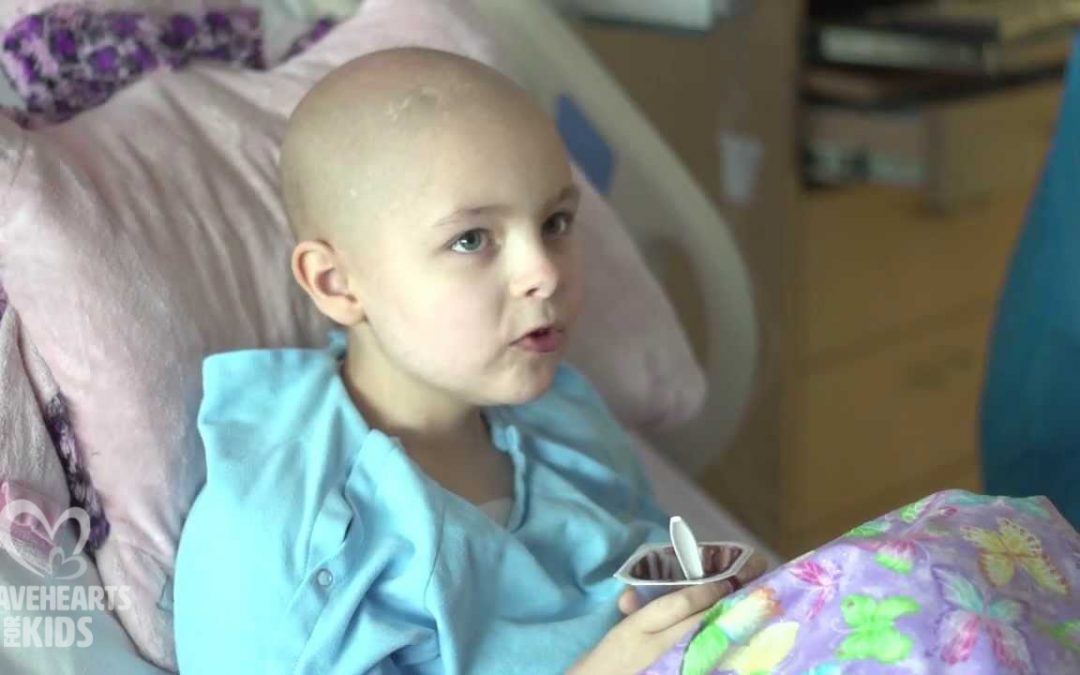
Bone Cancer a Patient Story | Children’s National Health System
Two-year-old Amanda came to Children’s National to uncover why her leg was swollen, the diagnosis she got was cancer — Ewing’s Sarcoma. This is her story.

Two-year-old Amanda came to Children’s National to uncover why her leg was swollen, the diagnosis she got was cancer — Ewing’s Sarcoma. This is her story.

The prognostic significance of extramedullary leukemia (EML) in childhood acute myeloid leukemia is not clarified.
This population-based study included 315 children from the NOPHO-AML 2004 trial.
At diagnosis, 73 (23%) patients had EML: 39 (12%) had myeloid sarcoma, 22 (7%) had central nervous system disease, and 12 (4%) had both. EML was associated with young age (median age: 2.6 years), a high white blood cell count (median: 40 × 109/l), M5 morphology (40%), and 11q23/MLL (KMT2A) rearrangements (34%). No patient received involved field radiotherapy. Five-year event-free survival did not differ significantly between the EML and the non-EML patients (54% vs. 45%, P = 0.57), whereas 5-year overall survival (OS) was significantly lower in the EML group (64% vs. 73%, P = 0.04). The risk of induction death was significantly higher for EML patients (8% vs. 1%, P = 0.002). There was a trend toward a lower risk of relapse for EML patients (5-year cumulative incidence of relapse 33% vs. 49%, P = 0.16). Traumatic lumbar puncture did not adversely affect survival in this cohort.
EML was associated with increased risk of induction death impacting the OS. No patients relapsed at the primary site of the myeloid sarcoma despite management without radiotherapy.

In July 2007, at the age of 10 months, Austin was diagnosed with bilateral Wilms tumor, a type of childhood cancer in both kidneys. He was thrust into a world of chemotherapy, hospital stays, and four abdominal surgeries before being declared cancer free eight months later.
But after one year, the cancer was back. More chemo, radiation, and surgeries cost him his entire right kidney and half of his left.
Today, Austin is a relatively healthy, extremely happy and remarkably normal 7-year-old, despite living with stage 3 renal failure as a result of his childhood cancer treatment. He is energy is boundless, he loves gymnastics, and he has recently mastered his back handspring.
Austin is one of five St. Baldrick’s Foundation 2012 Ambassadors.

UPDATE: Jan. 2015 Riley had another recurrence in July 2013. She had another craniotomy where they were able to remove 90-95% of the tumor, she then had a stem cell transplant in Oct. 2013. 6 weeks after the transplant, there was no sign of the residual tumor!! She had scans on Jan 5, 2015 and she still has No Evidence of Disease (NED)!! She is currently attending school and trying to get back to living her life like a “normal” 14 year old!!
UPDATE: July 2012 – Recurrence confirmed…completed 5 sessions of Cyber Knife treatment, waiting for Sept to have next scan to see if it worked! She continues to be positive & an inspiration to everyone that knows her!!
The courage of a child is amazing and regardless of the struggles she faced, how she always kept a smile on her face!! SHE IS MY HERO!! This is a glimpse into my daughter Riley’s battle with cancer. In 2008, when she was 7, she was diagnosed with Medulloblastoma – a malignant brain tumor. We almost lost her in Feb 2009 when she went into septic shock after contracting Pneumonia. She is still facing many obstacles from the effects of her treatment but she is still alive and still CANCER FREE!!!

7-year-old Faith is battling a malignant brain tumor. She stole our hearts with her precious words, “My favorite present is being home.” Hear Faith’s story from her mom, Tana, during one of Faith’s chemotherapy treatments.
Most Commented